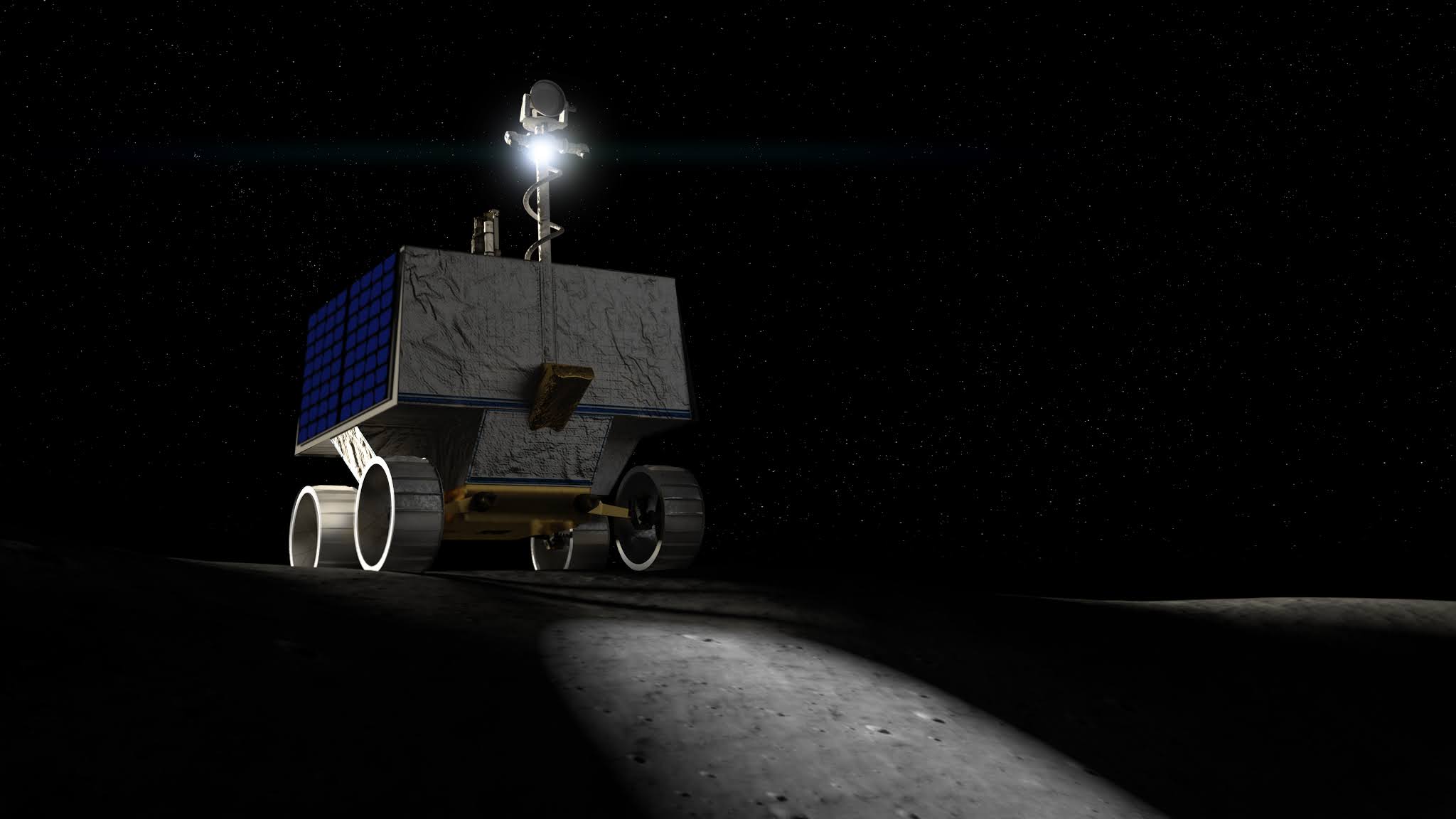The US space agency (NASA) has reported its first versatile robot to the Moon in late 2023 looking for ice and different assets on and underneath the lunar surface. As a feature of the Artemis program, information from the Volatiles Investigating Polar Exploration Rover (VIPER) would help the researchers map assets at the lunar South Pole that could one day be gathered for long term human investigation at the Moon, the agency said in an explanation late on Friday.
"The information got from VIPER can possibly help our researchers in deciding exact areas and convergences of ice on the Moon and will assist us with assessing the climate and expected assets at the lunar south pole in anticipation of Artemis space explorers," said Lori Glaze, chief for NASA's Planetary Science Division at the organization's base camp in Washington, DC.
"This is one more illustration of how mechanical science missions and human investigation go inseparably, and why both are important as we plan to build up a maintainable presence on the Moon," Glaze added.
The rover will investigate lunar cavities utilizing a specific arrangement of haggles framework to cover an assortment of grades and soil types.
The rover's plan fundamentally improves upon a previous automated idea to prospect the Moon called Resource Prospector, which NASA dropped in mid 2018.
From that point forward, the VIPER mission length was stretched out from one to three lunar days (100 Earth days). VIPER has advanced to build its science abilities, empowering more information assortment at the lunar surface, NASA said.
Powered by solar panels VIPER should rapidly move around the limit swings in light and dull at the lunar South Pole.
"VIPER will be the most skilled robot NASA has at any point shipped off the lunar surface and permit us to investigate portions of the Moon we've never seen," said Sarah Noble, program researcher for VIPER at NASA Headquarters.
All through the Artemis program, NASA will send robots and people to investigate a greater amount of the Moon than any time in recent memory.
At the point when space travelers get back to the lunar surface interestingly since 1972, they will continue in VIPER's wheel prints and land at the lunar South Pole.
"That mission will remember handling the first woman on the Moon. She will be one of two group individuals preparing for feasible lunar investigation missions with team," NASA said.

